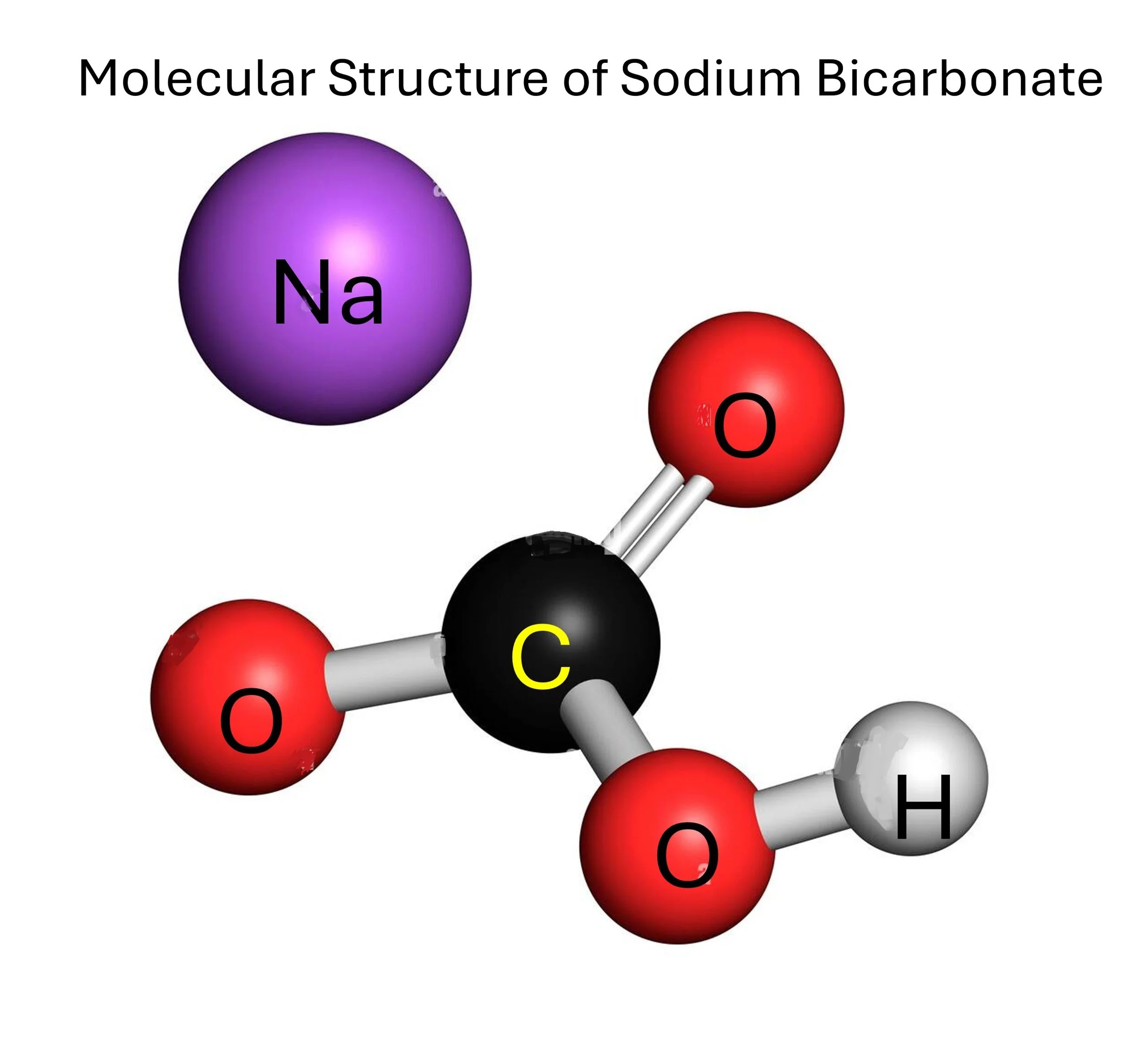Vinegar is a liquid made through ethanol fermentation by acetic acid bacteria. The process involves converting natural sugars into alcohol through yeast fermentation, followed by a second fermentation step where the alcohol is oxidized into acetic acid by bacteria.
Sources of Vinegar:
Fruits and Vegetables:
Apple cider vinegar is made from fermented apples.
Wine vinegar comes from grape wine.
Balsamic vinegar originates from grape must (crushed grape juice).
Grains:
Malt vinegar is derived from barley.
Rice vinegar is made from fermented rice or rice wine.
Other sources:
White distilled vinegar is often made from grain alcohol or other distilled sources.
Natural Process:
Alcohol Fermentation: Sugars are converted to alcohol by yeast.
Acetic Acid Fermentation: Alcohol is exposed to oxygen and acetic acid bacteria, converting it into vinegar.










